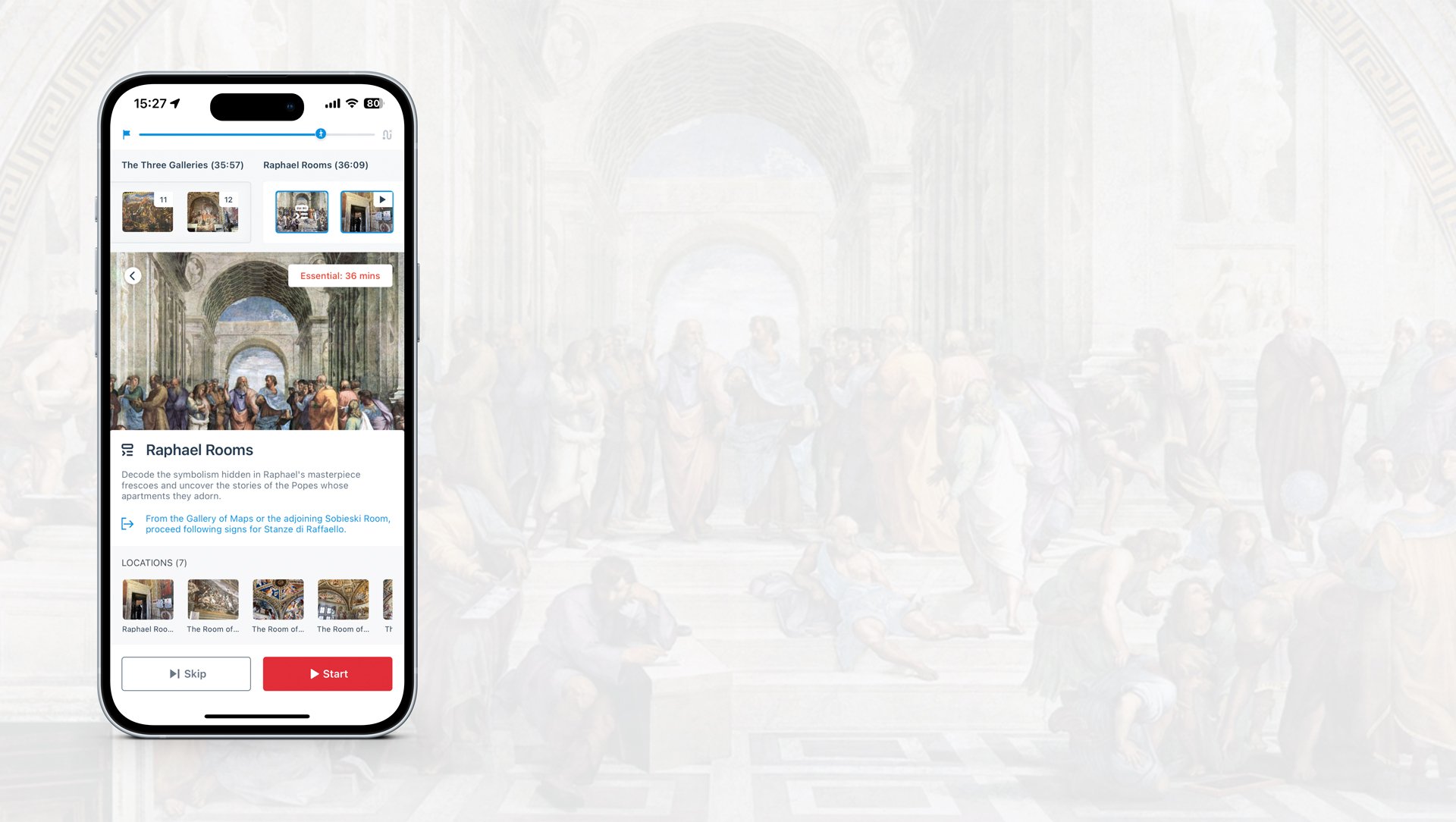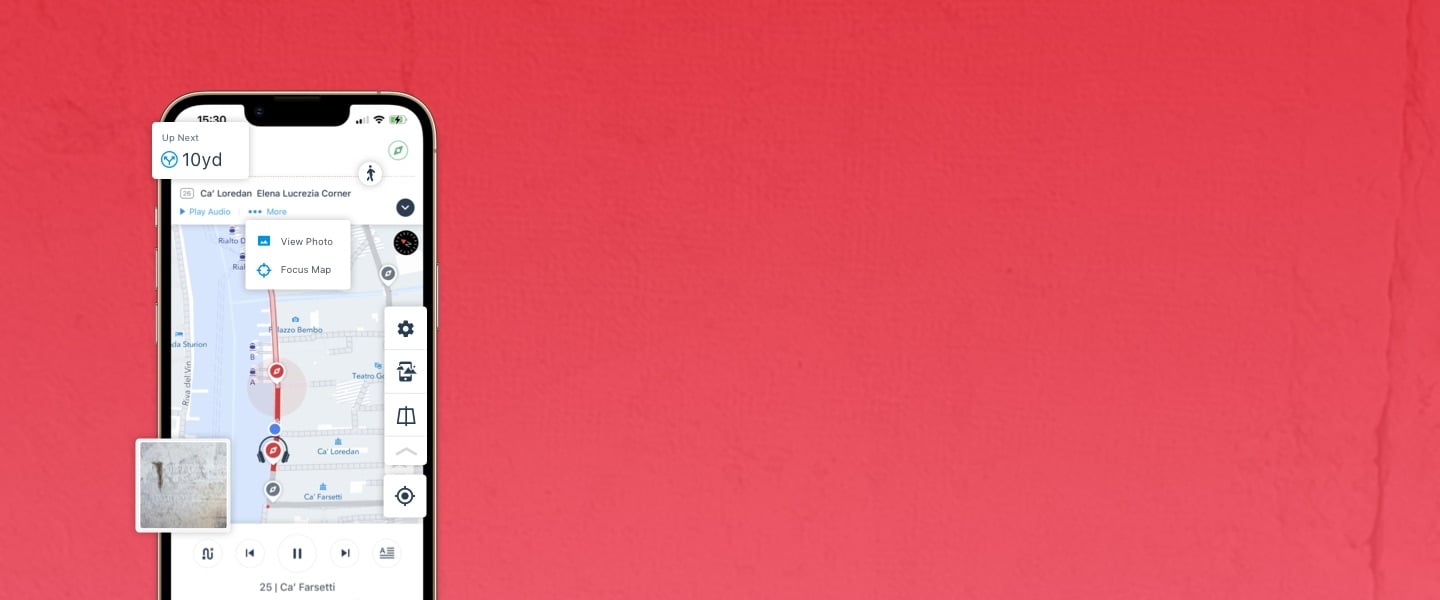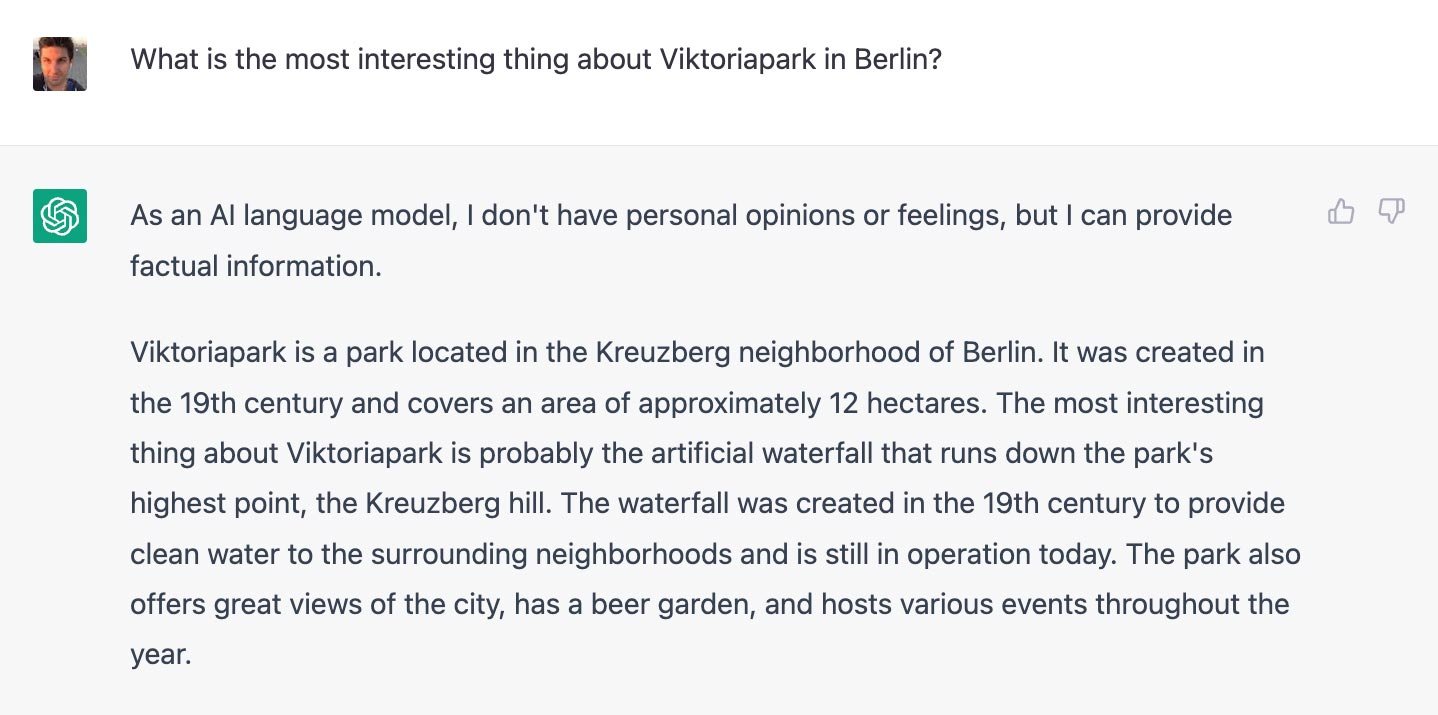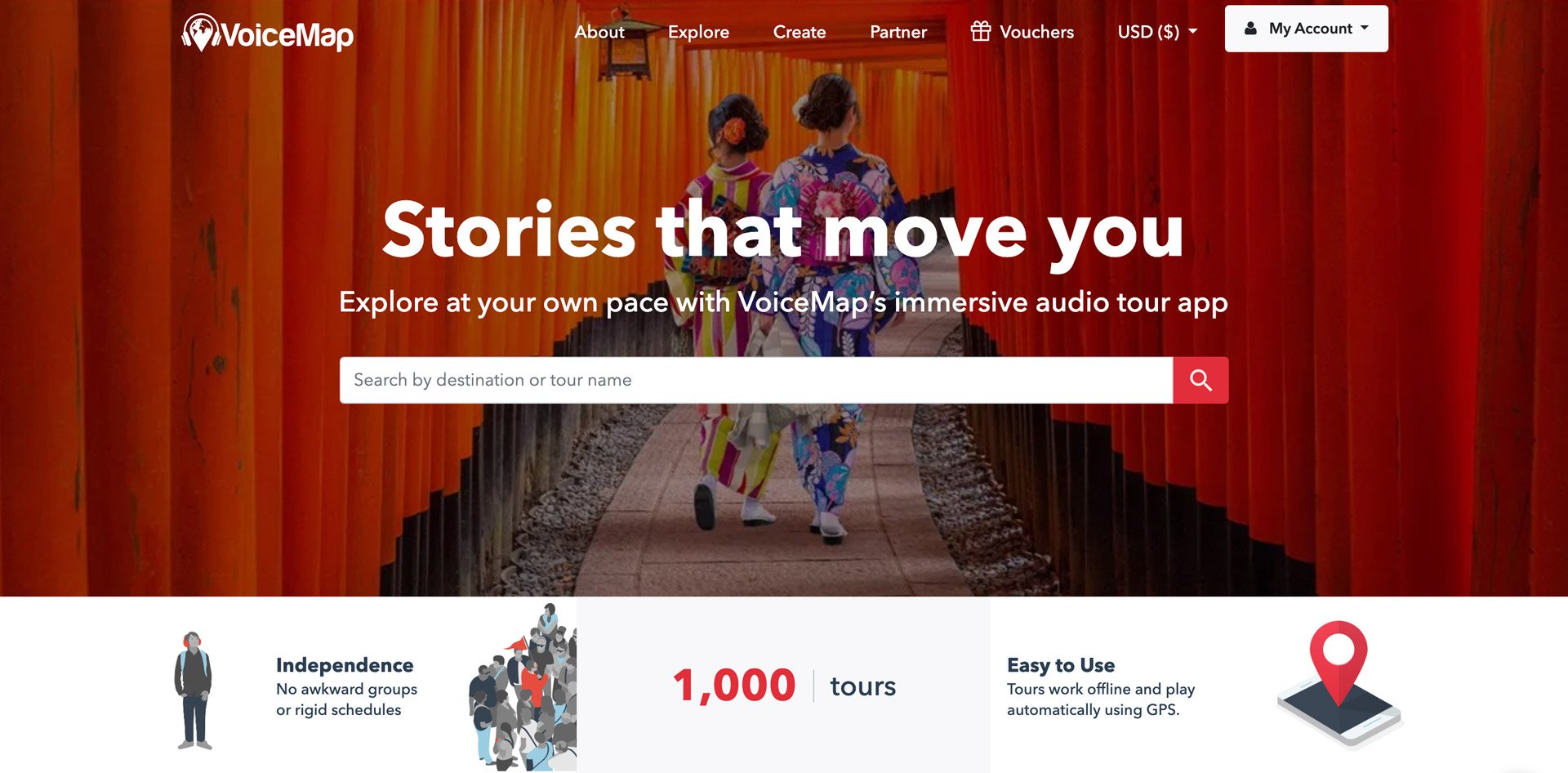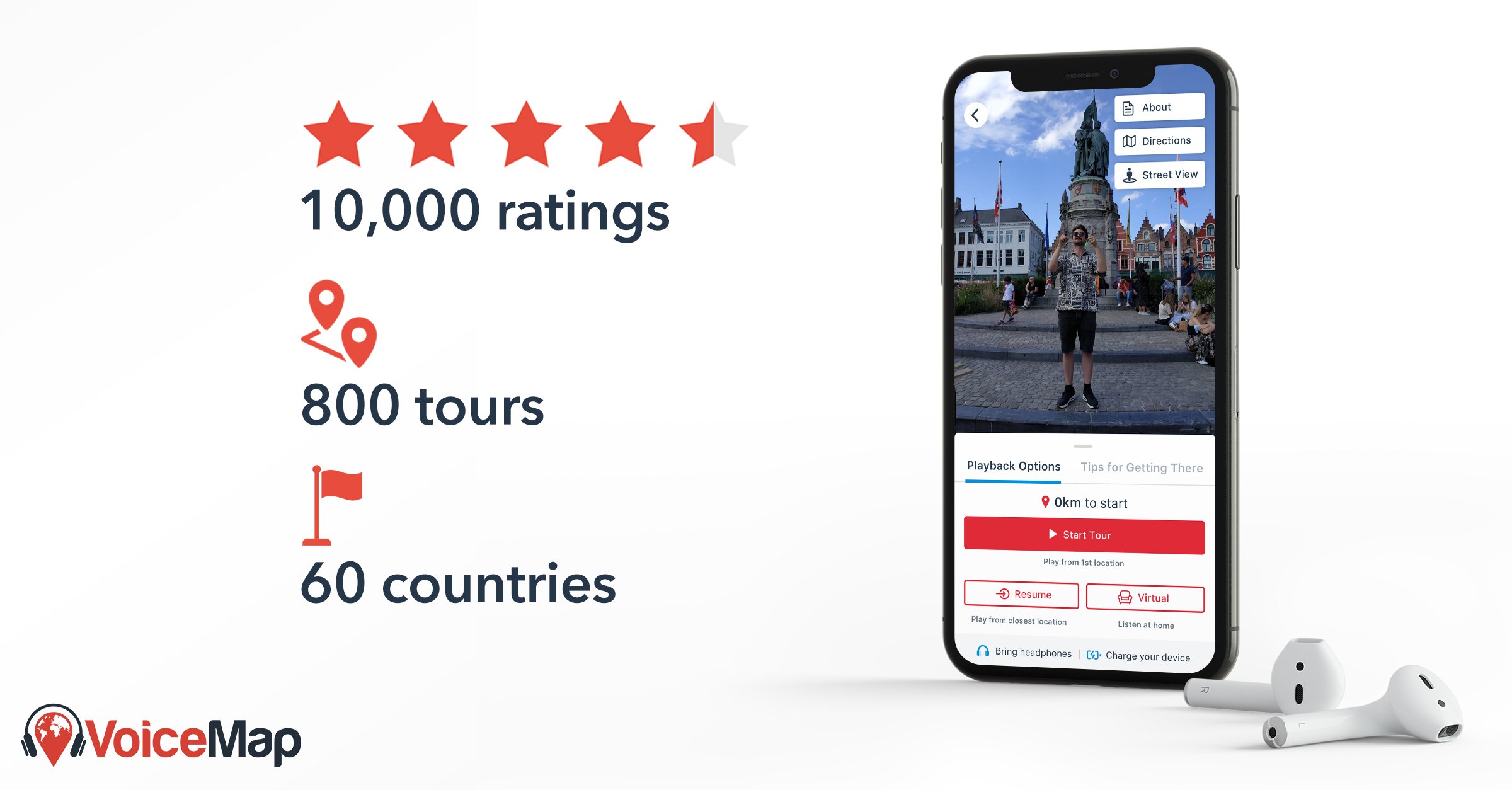What comes to mind when you hear the term “audio tour”? Years ago, when we asked this question in a survey, the answer wasn’t a surprise. Audio tours make people think of dusty museums, where grubby devices play dry facts when you push a button.
This misperception might be VoiceMap’s biggest challenge. The fastest way to change it is by getting somebody to listen to the audio from one of our tours. When they hear a voice talking to them – instead of at them – telling a story at ground level instead of 10,000 feet, their eyes light up. I’ve seen it over and over again. Music and sound effects help bring this type of personal storytelling to life, but it’s icing on the cake.
In Version 14 of the app, codenamed Valencia, we’ve added inline audio previews that get you to that moment faster, if you’re new to VoiceMap. If you’re a loyal user who stopped thinking about dusty museums long ago, then Version 14’s inline previews will make choosing your next tour easier. It’ll guide you to the best choice in other ways too, including:
Continue reading Play your next tour by ear with VoiceMap Valencia


